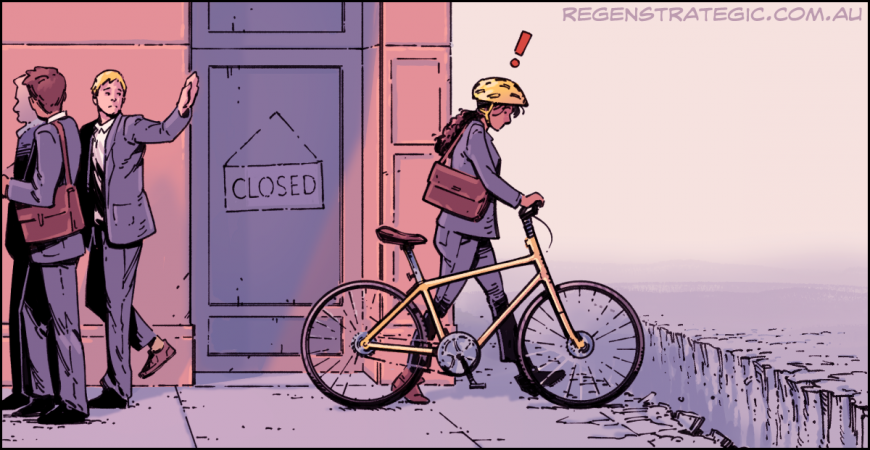The release of ABS data last week showing that Western Australia continues to have the worst gender pay gap in the nation was very disappointing.
As was the attitude of some online, when I shared this information, asking whether WA could do better.
Here, men take home an average 22 per cent more than women, compared to 14 per cent nationally.
My antagonists argued this data was simplistic. That, if you compared wages in the same industries and occupations, the gap would disappear.
However, what they are talking about is equal pay, which has been a legal requirement in Australia for 50 years
The gender pay gap measures the difference between the average earnings of women and men in the workforce. It measures women’s position in the economy in comparison to men, reflecting the social and economic factors that combine to reduce women’s lifetime earning capacity.
Factors like career disruption from having children, cultural norms on unpaid caring and domestic work, the relative inclusivity and flexibility of industries and workplaces, as well as discrimination in hiring, promotions and pay.
The gender pay gap reflects the financial ability of women to deal with the challenges of today and tomorrow. It’s a measure of fairness, empowerment and choice.
Last year’s review of the Workplace Gender Equality Act recommended publishing gender pay gap information at the employer level.
It also recommended investigating the collection and publishing of more diversity data, including for Aboriginal and Torres Strait Islander background, cultural and linguistic diversity, and disability.
I suspect these two measures would change a few attitudes and, more importantly, drive change.
This article was also run in The West Australian.
ReGen Strategic is fortunate to have former Workplace Gender Equality Agency director Libby Lyons on our team helping our clients with their diversity and inclusion journeys. Contact us to find out how we can assist you.
 ReGen Strategic
ReGen Strategic